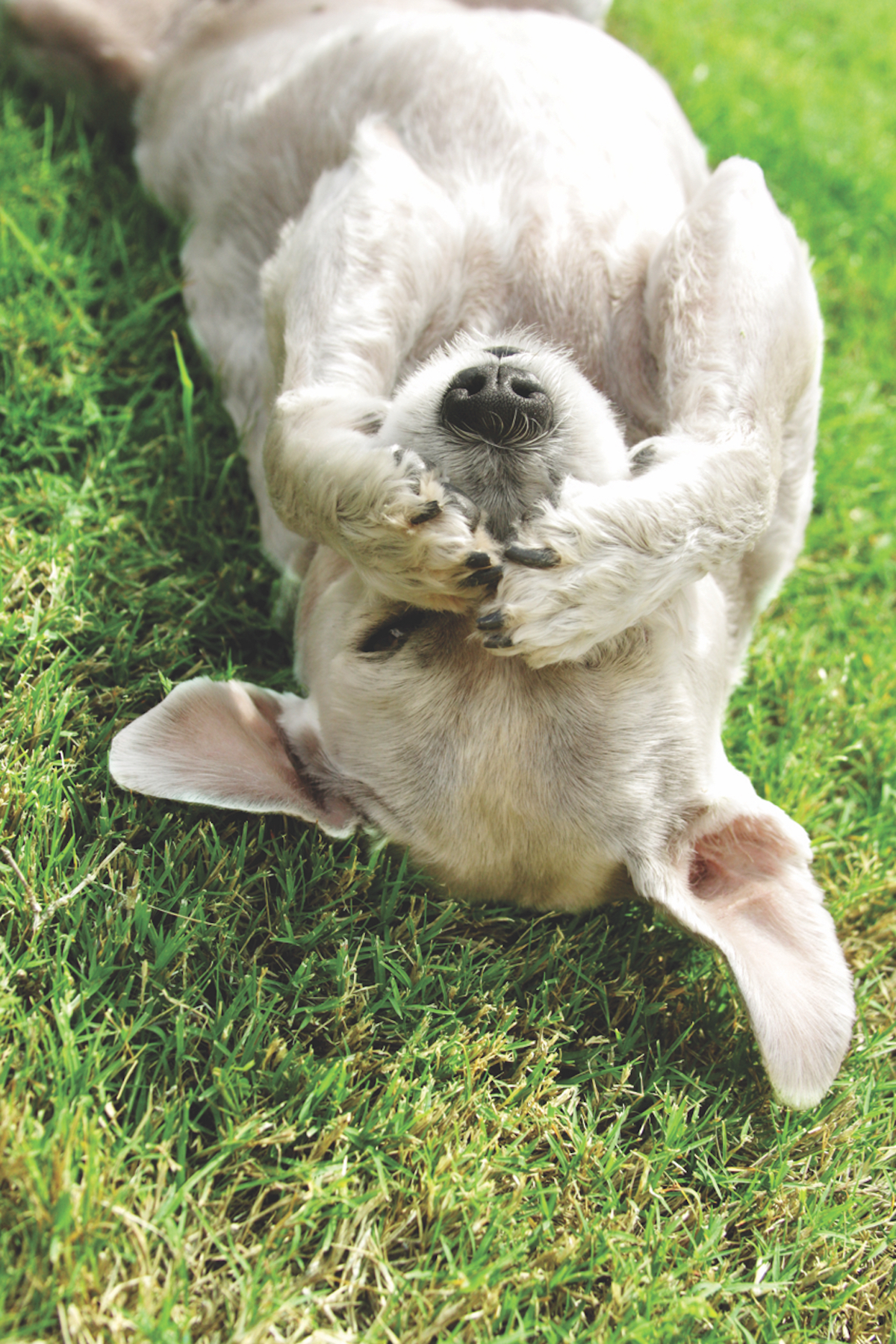By Dr. Parker T. Barker and Prof. Percy Pussycat
My mom is always watching what I eat. I don’t know why but she does. I got my degree in Hoovering and I was an A+ student. I will just about eat anything unless it is green. Hate green stuff! What I’ve witnessed is that in general good dog owners do pay close attention to what goes in the mouth of their beloved pets. What we eat is very important to our overall health and well-being.
In case you didn’t know, dogs are naturally and biologically built to be carnivores. We are direct descendants of wolves, who are internally wired eat raw meat and perhaps some vegetables. Although sled dogs and racing greyhounds have been fed raw food for a very long time, the idea to introduce the same kind of diet for household dogs like me was proposed only in the past two decades.
I’ve been told that in 1993, Ian Billinghurst, an Australian veterinarian suggested that it may be best for domesticated dogs to be reintroduced to their ancestral ways – the raw food diet. Basically, this dog diet consists of mainly raw meat, bones, and pieces of vegetables His idea is called the BARF diet which stands for either “Bones and Raw Food” or “Biologically Appropriate Raw Food”. Personally, for me, BARF says it all… (Remember I’m a guy and consequently love bathroom humor.)
Benefits of a Raw Food Diet
Although I love what my Mom feeds me, I have read that although it is a convenient way to feed me, the evidence clearly indicates there is a nutritional deficit in kibble as compared to raw food.
Here is what the guys in the know tell me: In a nutritional comparison, commercial dog foods contain an unnecessarily high amount of carbohydrates that typically range between 46-74% or around four times the amount of carbohydrates present in raw foods (14%). On the other hand, a raw food diet contains a high protein and fat value of 56%, while commercial dog foods offered only an average of around 18-32%.
With the higher percentage of essential nutrients, the alternative diet has shown a number of substantiated benefits such as:
• Healthier and shinier coats and skin
• Smaller, firmer stools
• Better digestion
• Improved weight management
• Cleaner and healthier teeth
• Better sleep and energy
• Reduced allergic reactions
My Mom is hearing lots of dogs are getting more specialized diets recommended by vets to remove them from grains or other ingredients that may be causing problems with them, like skin allergies or watery stools.
While these facts are accepted by the FDA and many mainstream veterinarians, the BARF (love saying that) for dogs does not come without some negatives.
Negative Effects of Raw Food
The BARF diet is expensive, time consuming to prepare and hard to sustain. Even if you are willing to put in the time and money, there are other issues you need to be aware of before switching from what you are currently feeding your pet to a raw diet.
First, while rich in protein and fat, the raw food diet does not offer a lot when it comes to other vitamins and minerals. This is because dogs are known to digest raw vegetables poorly. Although this problem can be solved by lightly cooking the vegetables to aid in digestion, it adds additional time to the food preparation.
Secondly, raw meats are highly susceptible to contamination by certain pathogens and other bacteria. Since a dog’s digestive system is shorter in length and highly acidic, they are resistant to such contaminations. However, it poses a threat for our owners. The bacteria from these foods will be coming out someplace and can easily be transferred to carpets and other household furniture as well. Yuck! Should this happen, use the necessary products to prevent the transition of these harmful bacteria.
But don’t just take our word for this. You should check with your vet before changing your pet’s diet. And you should become a good label reader. If meat is the first item listed in ingredients that food will be more nutritious than one that starts with byproducts or grains like flaxseed or seaweed meal. I am not eating seaweed no matter what it looks like. My Mom feels there is probably a good balance here between nutrition and the cost/timing issues. That is why we sometimes get some boiled chicken added to our meal to make sure we are getting enough protein. Somehow she doesn’t believe that ice cream should be handled the same way. Wonder why? Anyway, happy eating friends!
Dr. Parker T. Barker received his doctorate in Squirrel Chasing and Hoovering from the University of Hartford, CT Rescue Center. He lives on Lady’s Island with his sister, Peanut and their great Mom. Prof. Percy Pussycat is a trained animal behaviourist and received his degree from the Canine and Cat Institute in London. He lives in Shell Point with his brother, Harley and devoted human family.






